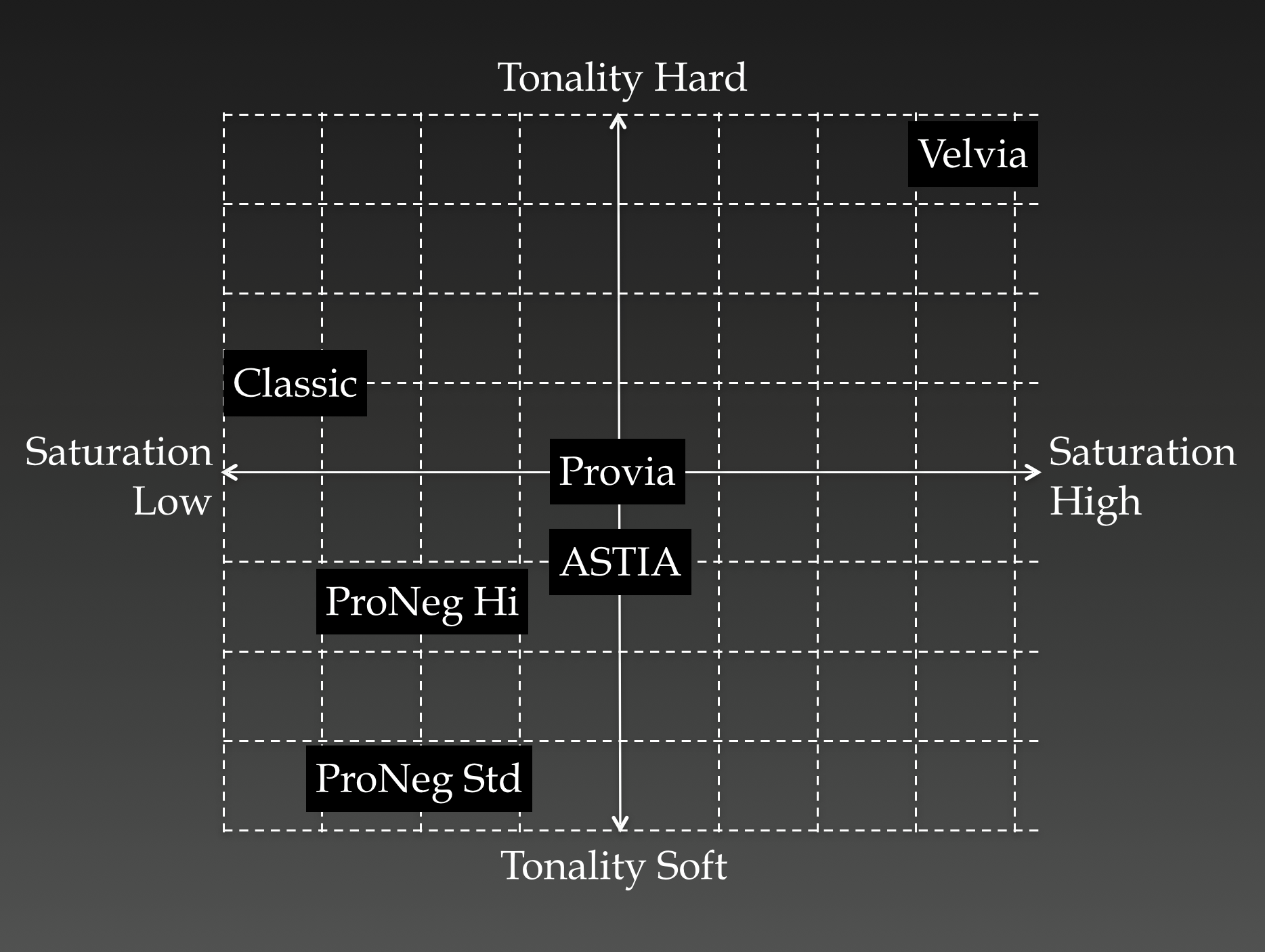
The World of Film Simulation episode 1
If you shoot with a digital camera and are serious about photography, chances are you shoot in RAW as it is flexible and can be edited after the shot is taken. But if you own a FUJIFILM camera, put that thought on the side for a second. You may be wasting just about half of the camera’s potential.
First of all, the color reproduction is not just a “tendency” for FUJIFILM cameras, but rather a “world of its own”. It does not just look “vivid” or “soft”. They are in their own world of color reproduction of “Velvia” and “ASTIA”.
When you shoot a photo, you would first look at the subject. It can be anything from “autumn leaves” to “person”. And you would set it to “Vivid” or “Soft” depending on the subject. You may be happy with the result if the autumn leaves appear vivid or the skin appears soft.
You may also be unsatisfied with the result, but thanks to the RAW file, you also know that “it can be edited later”.
If you use FUJIFILM camera, your style of photography can be a bit different.
How would the autumn leaves or the person appear if they were shot in Velvia?
How would they appear if they were shot in ASTIA?
This is the fundamental idea of FUJIFILM’s approach to color reproduction and photography.
We believe the photographer should solely concentrate on shooting and not get concerned about the rest.
And as the FUJIFILM cameras are mirrorless, you can check the final image before the shot is taken. You can preview the world of Velvia and ASTIA.
How would the scene be captured in the form of photography? It is very important that you can check that in real time.
The reason that Film Simulation has its own “world” is that it is very robustness.
The”World of Velvia” certainly tends to be vivid and the “World of ASTIA” certainly has soft tonality.
But they both have soft and hard parts in particular area. Each film simulation is composed with just the right balance.
It is our belief that “the photos should never look unnatural even though one can easily see that they are composed with the color of Velvia or ASTIA.”
FUJIFILM’s color reproduction designers prioritize the live action. They take photos of scenery that should not be taken in Velvia. They take photos upon customizing the setting that one would never think of.
They would print these out and evaluate. People who evaluate are not the people who took the photos. In order for a fair evaluation, they would need the neutral eye for the job and they do that for every test.
This is the process of creating the world of color that are unique, but yet never fail.
Starting with the next episode, we will explain each “world” in depth.
In cooperation with : R&D Div. Optical, Electronic Imaging Products Div. FUJIFILM
Continue to read episode 2:
Episode 2 CLASSIC CHROME














































